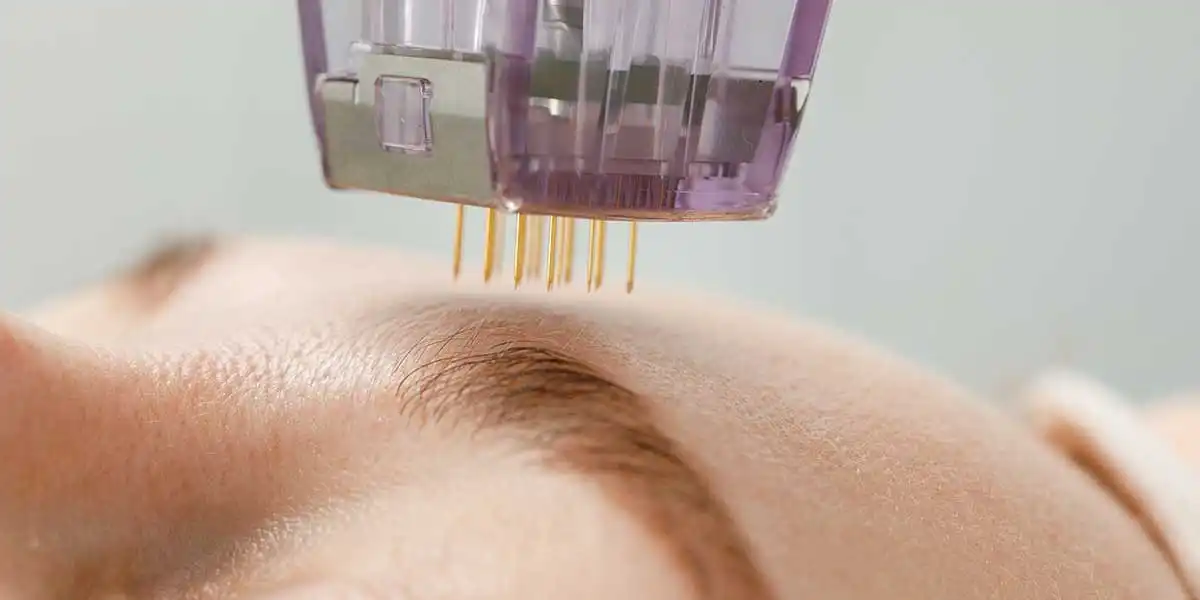
Nov 28, 2025
Blog healthcare Needle-Free Devices: The Future of Painless Healthcare Delivery
For decades, the syringe and needle have been staples of modern medicine. Yet for many, they represent one of healthcare's most feared and uncomfortable parts. But what if we could bypass the needle altogether without compromising effectiveness?
Enter needle-free devices, a groundbreaking technology transforming how medications are delivered. These devices are not just improving patient comfort; they’re revolutionizing safety, convenience, and accessibility in healthcare.
Needle-free devices administer medication without the use of a traditional needle. Instead, they use high-pressure technology to deliver medication through the skin in less than one-third of a second. This is made possible by releasing a stream of drugs thinner than a strand of utilize high-pressure technology to deliver medication through the skin in under human hair, with such precision that it penetrates the skin without causing pain.
These devices use compressed gas or spring mechanisms to pressure the liquid through a microscopic hole in the epidermis. Users often describe the experience as a quick “snap” or “flick,” a dramatic shift from the sting of a needle.
The global market for needle-free devices was valued at $15.5 billion in 2024 and is expected to reach $27.7 billion by 2030. This growth reflects a compound annual growth rate (CAGR) of 10.2% from 2025 to 2030.
This surge is not simply a reflection of emerging technology; it represents a shift in public expectations and healthcare priorities. As patients become more informed and empowered, they seek less invasive, more comfortable, and safer solutions. Needle-free devices check all those boxes.
Three significant factors are accelerating the adoption of needle-free devices across the globe:
Needlestick injuries are not just painful; they can be dangerous. Healthcare workers face significant risks from accidental needle punctures, which can transmit infections such as HIV, hepatitis B, and hepatitis C. Needle-free technology eliminates this risk, improving safety in hospitals, clinics, and home care settings alike.
Fear of needles is more common than we think. Up to 1 in 4 adults report some level of needle phobia, which often leads to skipped vaccinations or delayed treatments. By providing a nearly painless alternative, needle-free devices reduce this barrier, especially among children, the elderly, and chronic illness patients requiring frequent injections.
As healthcare systems worldwide embrace home-based care, there’s a growing demand for treatments that don’t require clinic visits. Needle-free devices are easy to use and ideal for self-administration, especially for those managing conditions like diabetes, hormone disorders, or autoimmune diseases.
The global market for needle-free devices was valued at $15.5 billion in 2024 and is estimated to increase from $17.0 billion in 2025 to reach $27.7 billion by 2030, at a compound annual growth rate (CAGR) of 10.2% from 2025 through 2030.
Needle-free technology is making waves across multiple sectors of healthcare:
While the concept may sound simple, the engineering behind these devices is sophisticated. Depending on the model, needle-free injectors use:
All these technologies are designed to maximize precision, minimize discomfort, and ensure consistent dosage delivery.
One of the most potent benefits of needle-free devices is their psychological impact. By removing the fear factor, these devices encourage patients to stick with long-term treatments and participate more actively in their healthcare journey. This is especially important for people managing chronic conditions or undergoing recurring injections.
Moreover, reduced pain, quicker administration, and minimal side effects contribute to a more positive overall healthcare experience.
The future of needle-free drug delivery is bright. Ongoing innovations aim to:
As the market matures, we can expect needle-free injectors to become commonplace in hospitals and homes, schools, and remote areas with limited access to care.
Needle-free devices represent a human-centered innovation, a response to real fears, risks, and healthcare challenges. Combining innovative technology with patient comfort opens the door to more inclusive, efficient, and compassionate healthcare systems.
With a projected value of $27.7 billion by 2030, these devices aren’t just the future; they’re the new standard in drug delivery.
Consider becoming a member of the BCC Research Library and gain access to our full catalog of market research reports in your industry. Not seeing what you are looking for? We offer custom solutions too, including our new product line: Custom Intelligence Services.
Contact us today to find out more.

Sandeep is a Senior Executive in Marketing Operations at BCC Research, proficiently serving as a graphic designer and content creative specialist. His expertise extends to AutoCAD and Revit, and he has made valuable contributions to the event industry with his design skills.

The healthcare landscape in the Gulf Cooperation Council (GCC) countries is expe...

Imagine being able to rewrite the genetic code of life, fix disease-causing muta...

As digital transformation accelerates across every sector, healthcare is poised ...

We are your trusted research partner, providing actionable insights and custom consulting across life sciences, advanced materials, and technology. Allow BCC Research to nurture your smartest business decisions today, tomorrow, and beyond.
Contact UsBCC Research provides objective, unbiased measurement and assessment of market opportunities with detailed market research reports. Our experienced industry analysts assess growth opportunities, market sizing, technologies, applications, supply chains and companies with the singular goal of helping you make informed business decisions, free of noise and hype.